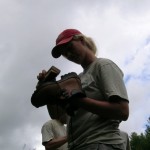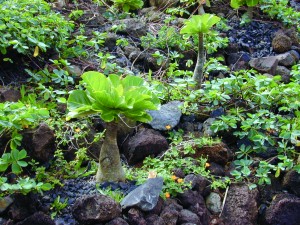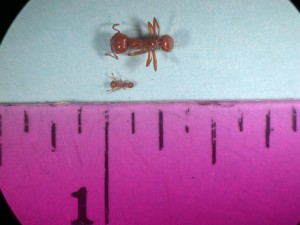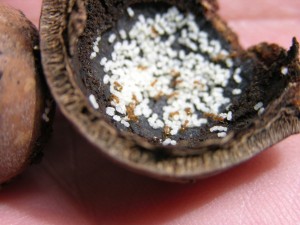 Click this link for a PDF version of the newsletter: 2012 MISC Newsletter Kia’i i na Moku o Maui Nui
Click this link for a PDF version of the newsletter: 2012 MISC Newsletter Kia’i i na Moku o Maui Nui
In this issue:
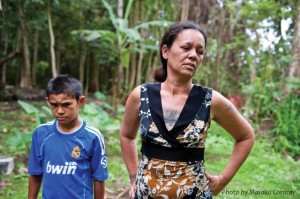
Moeana Besa and her family live in a part of Tahiti plagued by little fire ants. Photo by Masako Cordray
Moeana’s Message―What Tahiti Can Teach us about Little Fire Ants
“This place used to be paradise” said Moeana Besa. Find out what happened.
On Page 1
Fire at the Farm
How Christina Chang helped stop the establishment of the little fire ant on Maui.
On Page 3
On the Job
Where can you find a snake handler, exploratory entomologist, educator, advocate, law enforcer, pesticide applicator examiner, irrigation specialist, and ant wrangler? Try the Hawaii Department of Agriculture.
On Page 5
New Science
Paintball guns, scuba tanks, and spacklers—the promising new techniques for treating little fire ants.
On Page 6 (check out the video of the spackler in action!)
Tiny Ants, Huge Nuisance
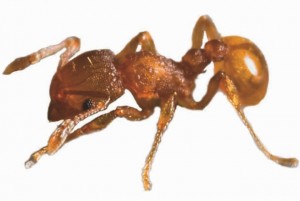 Learn more about the little fire ant and why this wee creature is such a big problem
Learn more about the little fire ant and why this wee creature is such a big problem
On Page 6
Education Saves the Day!
How a class visit led to the detection of the little fire ant on Maui.
On Page 9
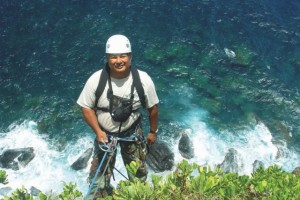
MISC field crew leader Darrell Aquino is up for any challenge
Dauntless Darrell
The keen eye of Darrell Aquino, pig hunter and dedicated MISC employee.
On Page 10
PLUS:
- MISCommunication-The Comics of Brooke Mahnken
- Managers Corner
- Is that fire ant Little? Tropical? or Red Imported? Dr. MISCellaneous knows the difference!





